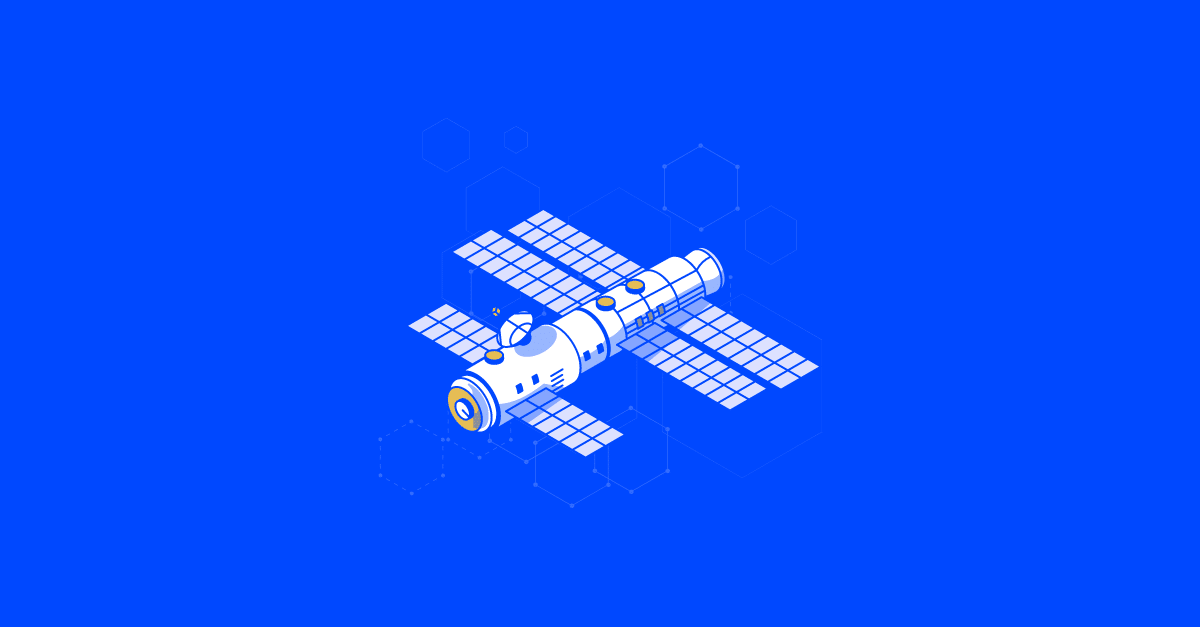4 IIoT Applications in Aerospace and Defense
By Michael Rivera, PhD
The aerospace & defense industry has always relied on data, and effective cybersecurity measures, including data encryption, are essential to protect that data. From communication and navigation systems to flight data recording and analysis, data is crucial to ensuring reliability, safety, and operational efficiency.
So, it’s no surprise that the industry is a frontrunner in embracing the Industrial Internet of Things (IIoT).
If you’re in aerospace and defense, you may already know that reliability and safety are significant industry challenges. How, then, can IIoT make a difference in aerospace and defense operations, especially in these areas?
There are many ways, but today, we’ll discuss four.
1. Maintenance and Repair
Maintenance issues can pose a significant threat to the reliability and safety of aircraft and spacecraft. But, engineers may often rely on scheduled maintenance.
However, you’ll agree this isn’t always effective in fixing potential issues.
For example, the age and condition of the aircraft plus human error can impact the effectiveness of scheduled maintenance.
How about a system that can tell you exactly when maintenance is necessary and where repair is needed?
That’s what IIoT offers – predictive analytics and condition-based maintenance.
IIoT-enabled sensors can provide real-time data and insights into the performance of aircraft engines or other aerospace components. This can help engineers spot potential problems before they happen, which could be fatal.
2. Improve Personnel Safety
Aerospace and defense is a high-risk industry. The stakes are high, especially with increased exposure to hazardous materials, working at heights, and high-speed machinery. In the aerospace and defense industry, where reliability and safety are paramount, integrating Industrial Internet of Things (IIoT) technologies offers significant advantages, helping to protect against hackers and other digital threats.
One key area where IIoT can make a difference is in maintenance and repair operations. By utilizing predictive analytics and condition-based maintenance facilitated by IIoT-enabled sensors, engineers can identify potential issues in real-time, ensuring timely interventions and enhancing operational efficiency.
Additionally, IIoT plays a crucial role in improving personnel safety within this high-risk industry.
There’s a need to protect the welfare of those working in these industries.
Although the industry is trying its best to ensure personnel safety, IIoT can significantly improve the protection level against cyber threats.
How do you use IIoT to enhance personnel safety in aerospace and defense?
Through real-time monitoring of work environments. With IIoT-enabled devices, workers can be alerted to potential dangers, such as exposure to hazardous materials or unsafe working conditions. Additionally, IIoT can track employee movements and provide instant assistance in case of emergencies, improving overall safety measures in high-risk environments.
Organizations can use sensors and personal-tracking systems to monitor the location and safety of employees in hazardous environments.
Besides, IIoT can also monitor working conditions like temperature, humidity, noise levels, and air quality. If there are any dangerous changes, personnel can be removed from such environments immediately.
Isn’t that a safer option?
There’s more.
3. Improving Operational Efficiency with IIoT
Although the crews put in their best effort, mistakes still happen. IIoT can automate certain tasks like data collection and inspection, reducing the risk of human error.
IIoT systems can also collect and analyze data from multiple sources. This will allow organizations to identify inefficiencies and take immediate steps to improve them. With the Industrial Internet of Things, aerospace and defense organizations can “see” between the lines, as attackers may exploit vulnerabilities to disrupt operations. And with such a delicate industry, minute details might make all the difference.
4. Cost Reduction and Improved Product Quality in Defense IIoT
Combine better operations, real-time maintenance, personnel safety, and reduced human errors, and you’ll see that IIoT automatically reduces costs.
Expenses that would have otherwise been used for maintenance, repair, or purchasing new products/hiring replacement staff will be saved and redirected into areas that improve product quality. With the implementation of IIoT in high-risk environments, organizations can ensure overall safety by monitoring employees’ locations and working conditions. Sensors and personal-tracking systems play a crucial role in detecting any hazardous changes promptly.
Moreover, IIoT enhances operational efficiency by automating tasks to reduce human errors and quickly analyzing data to identify inefficiencies. Aerospace and defense industries benefit from IIoT’s ability to detect vulnerabilities, ultimately improving security measures.
In addition to safety and efficiency, IIoT also leads to cost reduction and improved product quality.
Conclusion: IoT Aerospace Smart Manufacturing is the Future
The efforts of the personnel working in the aerospace and defense industry cannot be underestimated. However, the introduction of IIoT can significantly improve their workflows, keep them safe, and improve the reliability of aircraft systems.
Thinaer can make a difference for your aerospace and defense organization. Our platform can seamlessly integrate with existing systems, helping you make more data-driven decisions and beat the competition. Contact us today for any questions.


